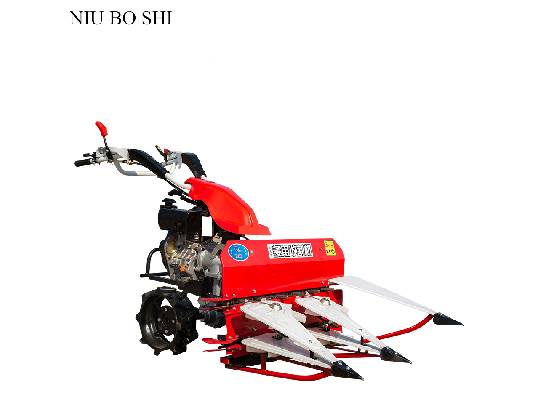harvester reaper
The Harvester Reaper A Symbol of Agricultural Transformation
In the annals of agricultural history, few inventions have had as profound an impact as the harvester reaper. This remarkable machine revolutionized the farming landscape, transforming labor-intensive practices into more efficient production methods. The harvester reaper, a blend of ingenuity and necessity, symbolizes an era of agricultural advancement, sparking a wave of innovation that would pave the way for modern farming techniques.
Before the advent of the harvester reaper, harvesting grains was a laborious and time-consuming endeavor. Farmers relied heavily on manual tools such as sickles and scythes, which, while effective, required a significant amount of human labor and time. The rhythm of the agricultural season was dictated by the availability of laborers and their physical endurance. In many regions, the harvest season became a race against time; if the weather turned or the crops over-ripened, farmers faced potential ruin.
The concept of mechanized harvesting gained traction during the early 19th century, fueled by the Industrial Revolution’s transformation of manufacturing processes. Among the pioneers in this field was Cyrus McCormick, who, in 1831, invented the mechanical reaper. His machine dramatically improved the efficiency of harvests, allowing farmers to cut down fields of grain in a fraction of the time it took with traditional methods. McCormick's invention was not just a piece of machinery; it was a lifeline for struggling farmers who needed to keep up with growing demands for food.
The harvester reaper itself is a marvel of engineering. It consists of various components working in unison a cutting blade, a reel to gather the cut stalks, and a mechanism to either bundle the grain or direct it to the ground. The simplicity and effectiveness of its design meant that farmers could move from field to field with ease, significantly reducing the time and effort required for harvesting. This not only increased productivity but also allowed for the expansion of cultivated areas, enabling farmers to grow more crops than ever before.
harvester reaper

By the latter half of the 19th century, the harvester reaper began to spread beyond the United States, reaching parts of Europe and other agricultural regions around the world. It played a crucial role in addressing the growing need for food in rapidly urbanizing societies. As populations swelled and cities burgeoned, the demand for agricultural products skyrocketed. The harvester reaper empowered farmers to meet these demands efficiently, ultimately altering the socio-economic landscape.
However, the introduction of the harvester reaper also brought challenges. The mechanization of agriculture led to a decline in the need for manual laborers, prompting significant changes in rural employment. Many laborers who previously engaged in traditional farming practices found themselves displaced, leading to migration towards urban areas in search of new opportunities. This marked the beginning of a shift in labor forces, as agricultural jobs became scarcer, and individuals sought work in factories and other urban settings.
Despite these challenges, the harvester reaper's legacy continues to resonate in contemporary agriculture. Today, modern combines and other sophisticated machinery build upon the foundations laid by early reapers, employing advanced technology to further enhance efficiency and yield. These innovations have resulted in the possibility of sustainable farming practices, addressing issues of food security while minimizing environmental impacts.
Furthermore, the development of precision agriculture, which utilizes data analytics, GPS, and remote sensing, has revolutionized how farmers approach their work. This evolution from the rudimentary harvester reaper to today’s advanced agricultural technologies exemplifies humanity's ability to adapt and innovate in response to changing needs.
In conclusion, the harvester reaper is more than just a mechanical invention; it represents a pivotal moment in agricultural history. It symbolizes the power of innovation in transforming traditional practices and meeting the challenges of an evolving world. As we look toward the future of agriculture, the spirit of the harvester reaper will undoubtedly continue to inspire advancements that enhance food production, sustain livelihoods, and respect the delicate balance of our environment. Through understanding the past, we can better prepare for the agricultural challenges that lie ahead.
Latest news
-
When to Upgrade Your Old Forage HarvesterNewsJun.05,2025
-
One Forage Harvester for All Your NeedsNewsJun.05,2025
-
Mastering the Grass Reaper MachineNewsJun.05,2025
-
How Small Farms Make Full Use of Wheat ReaperNewsJun.05,2025
-
Harvesting Wheat the Easy Way: Use a Mini Tractor ReaperNewsJun.05,2025
-
Growing Demand for the Mini Tractor Reaper in AsiaNewsJun.05,2025
